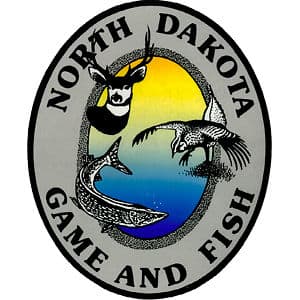Bighorn Sheep Numbers Increase in North Dakota

While many of the state’s western big game populations remain at low population levels, bighorn sheep numbers are strong, according to Brett Wiedmann, big game biologist for the North Dakota Game and Fish Department in Dickinson.
A July-August survey in western North Dakota showed a minimum 299 bighorn sheep, a slight increase from last year and just 17 below 2008’s record summer survey. “Our bighorn sheep population remained stable following three epic winters, so we’re pleased to see an increase subsequent to last winter’s mild conditions,” Wiedmann said.
The current population includes a good number of young rams, Wiedmann added, which should lead to increased hunting opportunity in future years as these animals start reaching maturity. In 2012, Game and Fish reduced the number of sheep licenses from six to four, due to a declining number of mature rams.
Survey results revealed 89 rams, 155 ewes and 55 lambs – a record 251 in the northern badlands (an increase of 18 from last year) and 48 in the southern badlands (down nine). “Bighorn sheep are doing very well in the northern badlands but continue to struggle south of the Interstate,” Wiedmann said, while noting that a record 51 lambs were observed in the north, but only four in the south. “Despite poor lamb numbers in the southern badlands, the total number of lambs observed this summer was just shy of the record count in 2008,” Wiedmann said. Biologists suspect that chronically low lamb survival and declining numbers throughout the southern herds persists due to pathogens introduced from domestic goats in the late 1990s that resulted in an extensive die-off of bighorn sheep.
The department’s survey does not include approximately 30 bighorn sheep that inhabit the North Unit of Theodore Roosevelt National Park.
Annual bighorn sheep survey statistics are not recorded using a calendar year, but instead are done over a 12-month period beginning each April and ending the following March. Each summer, Game and Fish Department biologists count and classify all bighorn sheep, a process that takes nearly six weeks to complete as biologists locate each bighorn herd in the badlands by tracking radio-marked animals from an airplane, and then hike into each band in order to record composition data using a spotting scope and binoculars. Biologists then complete the annual survey by recounting lambs in March to determine lamb recruitment.
North Dakota’s bighorn sheep hunting season opens Oct. 26 and continues through Nov. 8.

